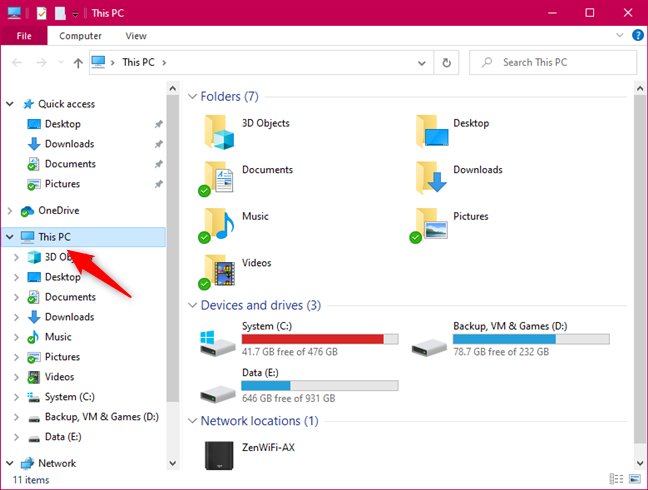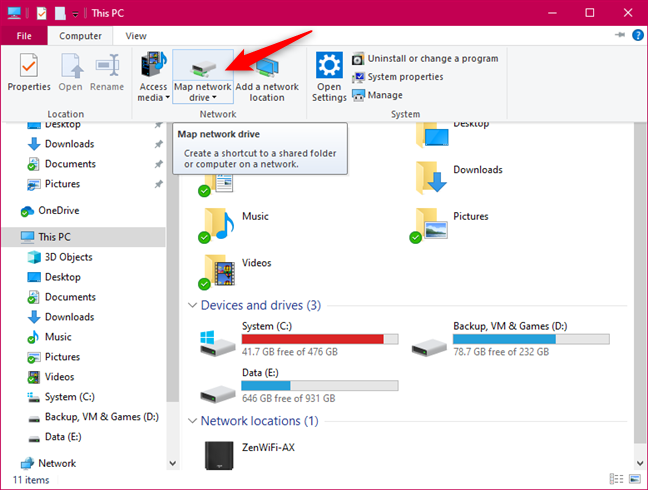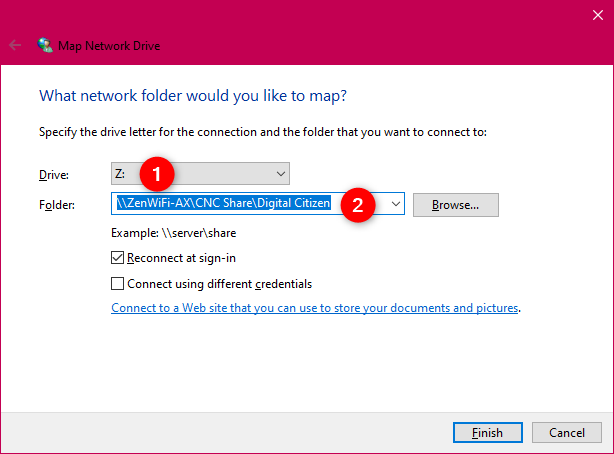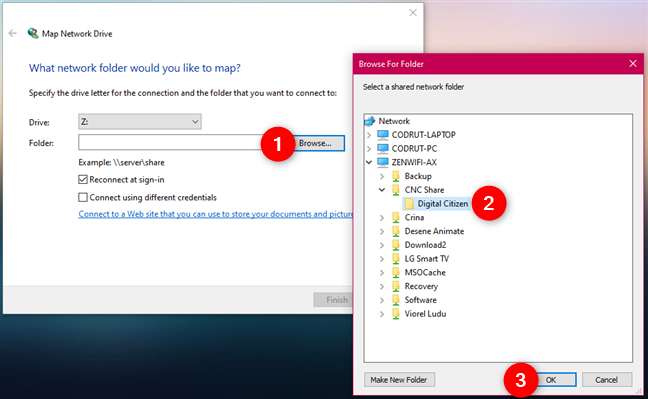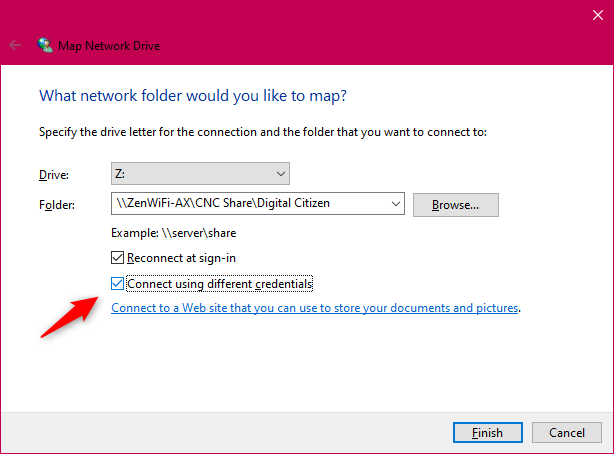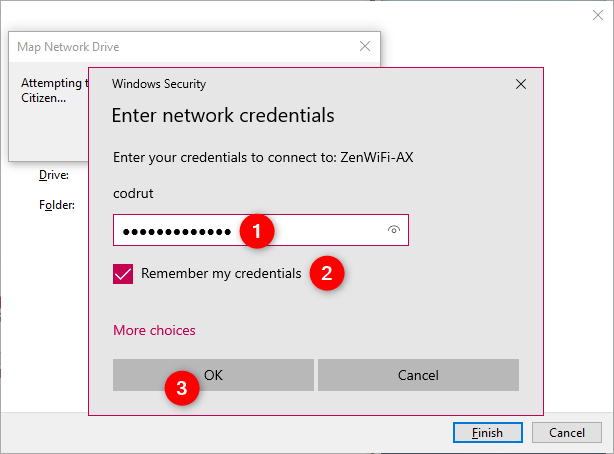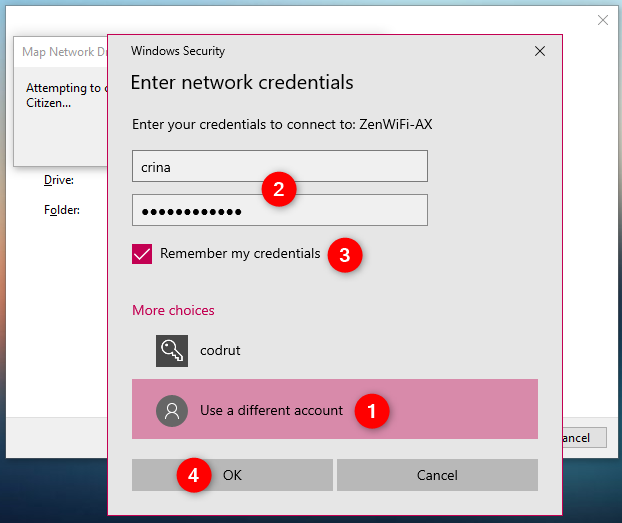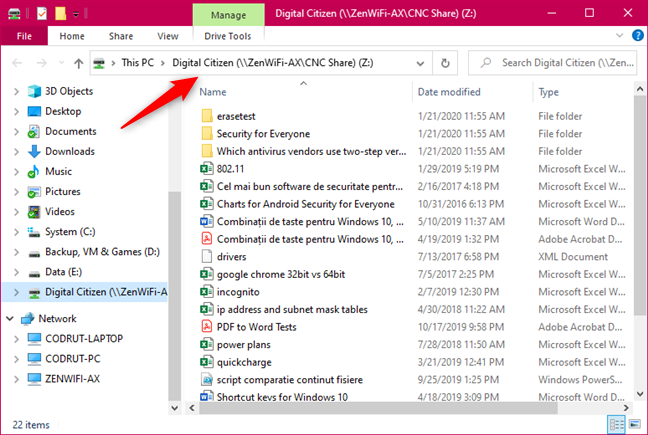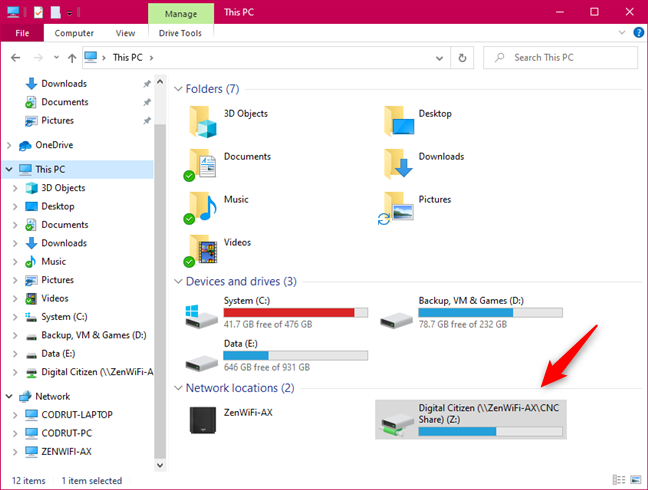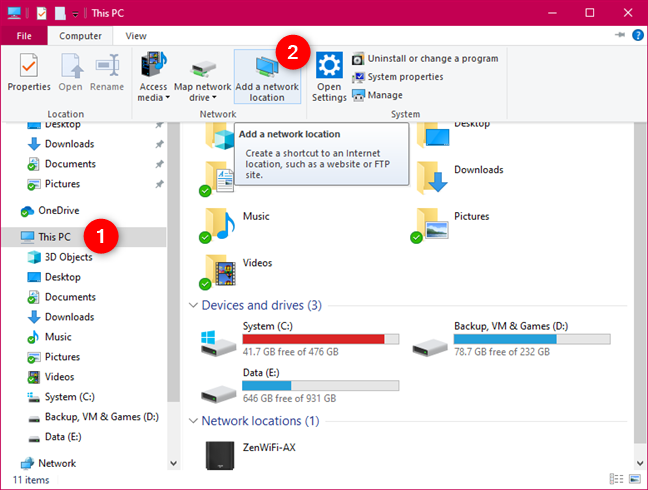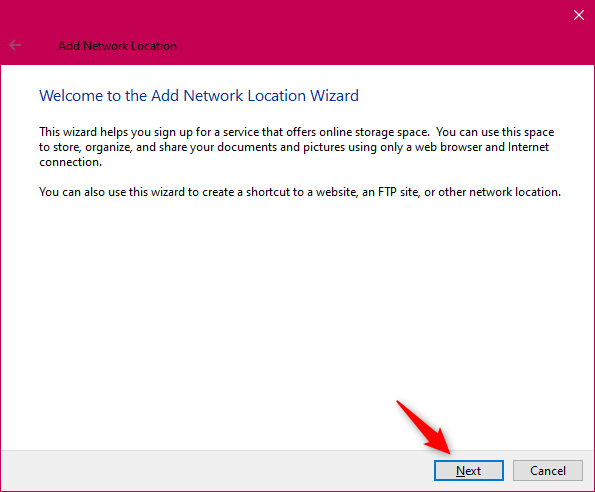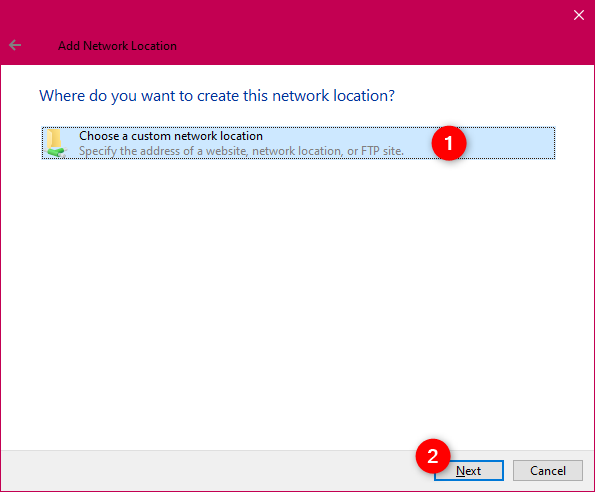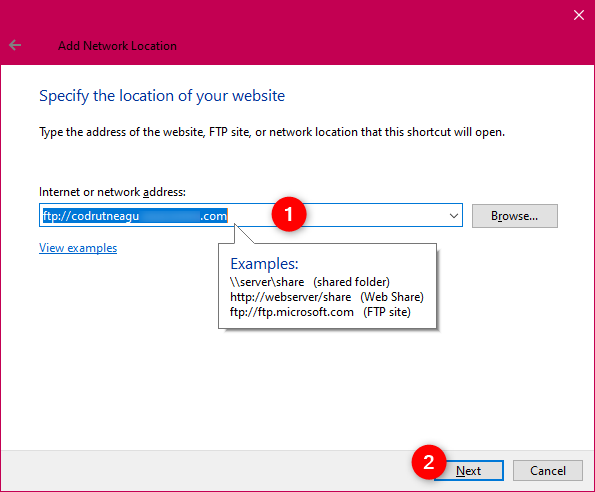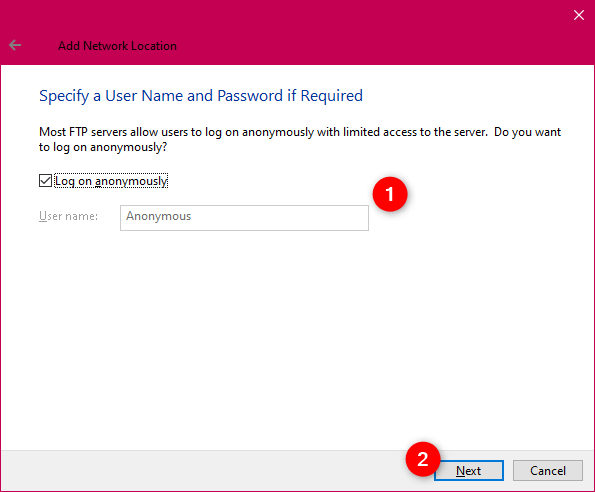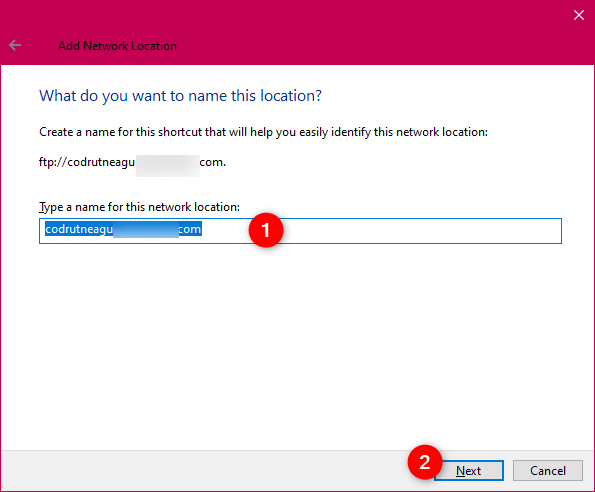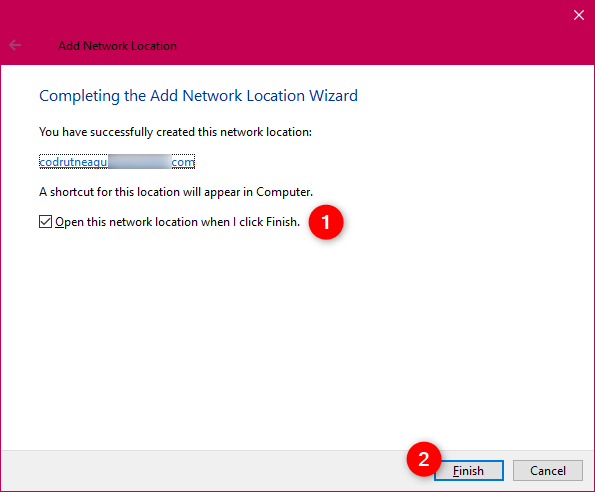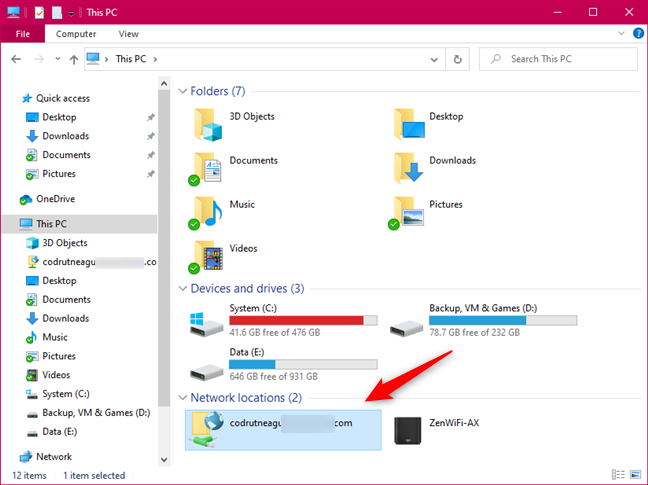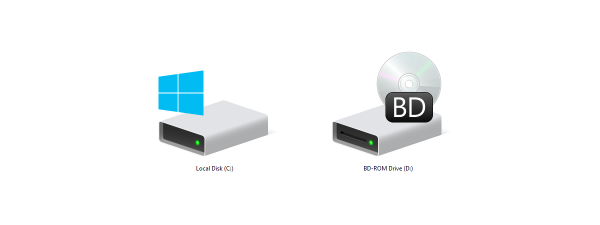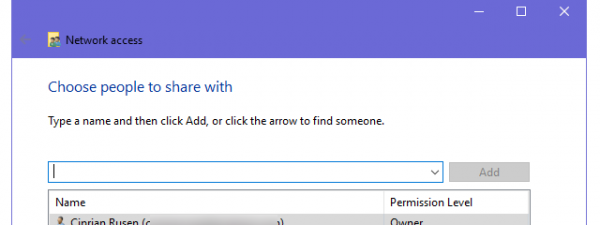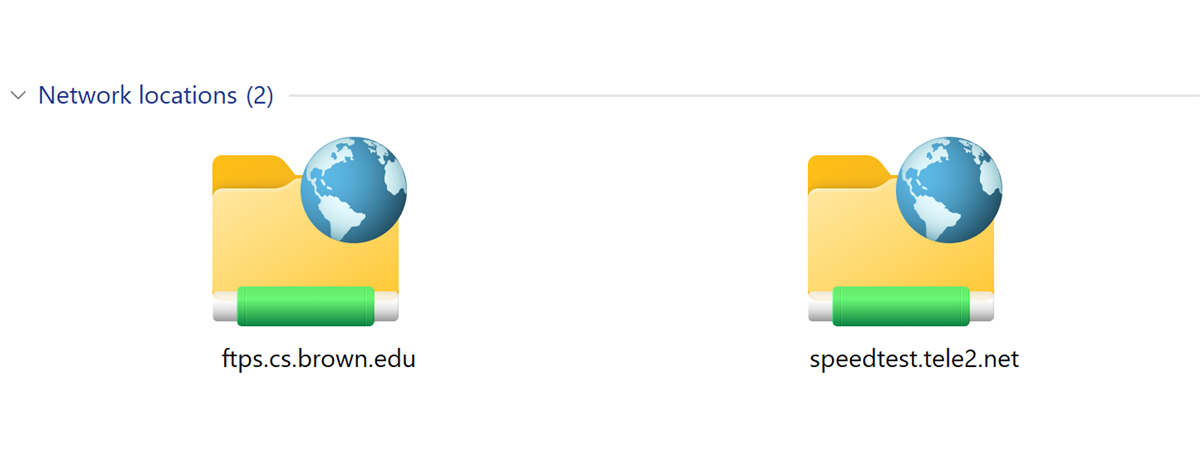
When you work in a network with multiple computers and network shares, mapping a network drive so that you can access it from File Explorer can be useful. Similarly, if you need to work with FTP locations, mapping them as network drives in File Explorer might be just what you need to be more productive. If you want to know how to map an FTP drive, a network drive, or a web share in Windows 10, read this tutorial:
NOTE: This guide applies to Windows 10 and should work the same in Windows 8.1. Also, if you've come across this article while searching for ways to delete mapped network drives instead of creating ones, read 4 ways to delete mapped network drives in Windows 10.
How to map a network drive in Windows 10
Mapping a network drive is quite useful if you often need to access a shared network drive or folder. When you do that, the mapped network drive is assigned a letter, and you can see and work with it directly from File Explorer. The first step to map a network drive is to open File Explorer. Inside its window, click or tap on This PC in the navigation pane from the left.
Next, open the Computer tab on the ribbon, and press the "Map network drive" button.
In the Map Network Drive wizard, choose the letter that you want to use for mapping the network drive. Then, if you know the path to the network folder to which you want to connect to, type it in the Folder field.
If you do not know the path to the network share, press Browse and navigate through the available network locations until you find the folder that you want to map as a network drive. Select it and press OK.
Check the option "Reconnect at sign-in" to ensure that the mapped network drive is permanent on your Windows 10 computer or device.
If you need to use credentials (username and password) from the networked computer to access the shared folder, check "Connect using different credentials" and then click or tap Finish.
If you choose to connect using different credentials, you must enter them during the next step. Windows 10 might have already selected a user account for you. If that's the one you want, enter the password, check "Remember my credentials" to avoid inserting them every time you access this mapped network drive, and click or tap OK.
If you want to use a different user account, click or tap on More choices, select "Use a different account" and enter both the username and password of the user account that you prefer using. Then choose whether you want Windows 10 to "Remember [your] credentials" and press OK.
If everything worked according to your plan, Windows 10 connects to the mapped network drive and opens in a matter of seconds.
To access the mapped network drive later, return to File Explorer, go to This PC, and then check the list of available Network locations.
How to map an FTP drive in Windows 10
If you want to connect to map an FTP drive or other types of network locations such as a web share, you need to use a different wizard to get the job done.
In File Explorer, click or tap on This PC in the navigation pane on the left side of the window. Then, open the Computer tab from the ribbon, and click or tap on the "Add a network location" button.
On the first step of the "Add Network Location" wizard, read the information it shares and press Next.
Select "Choose a custom network location" and click or tap Next.
Enter the address for your desired network location in the "Internet or network address" text field. If you want to map an FTP drive, you should type something like ftp://ftp.domain.com. If you need to add a web share from a web server, type something like http://server_name_or_address/share. Once you have completed this step, click or tap Next.
You are asked whether you need to specify a username and password to access the FTP drive that you want to add. If you do not, leave the "Log on anonymously" checkmark enabled. Otherwise, uncheck it and enter the username. Click or tap Next to move on.
Enter a name for the FTP drive and press Next.
Choose whether you want to open the new FTP drive mapping as soon as the wizard ends. Then, press Finish.
The newly mapped FTP drive is now added to File Explorer, and you can find it the Network locations list.
To access a mapped FTP drive, double-click (or double-tap) on its name. Depending on how it is set up, you may need to enter a username and password to access its content. If credentials are required, you should see a pop-up requesting your account password: type it and select "Save password" to avoid entering it every time. Then, click or tap "Log on."
Did mapping drives and FTP in File Explorer work like you wanted to?
As you can see, it takes little time to map network drives, FTP, or other locations to your Windows PC or device. Once you are done, you can browse to these locations from File Explorer to add or access files, and you can easily save new files to these remote locations. It is convenient once done correctly. We'd like Windows 10 to allow us to map FTP drives and assign letters to them, just like we can do for network drives. Don't you also think that's a great idea? Use the comments below to tell us what you think.


 23.01.2020
23.01.2020 